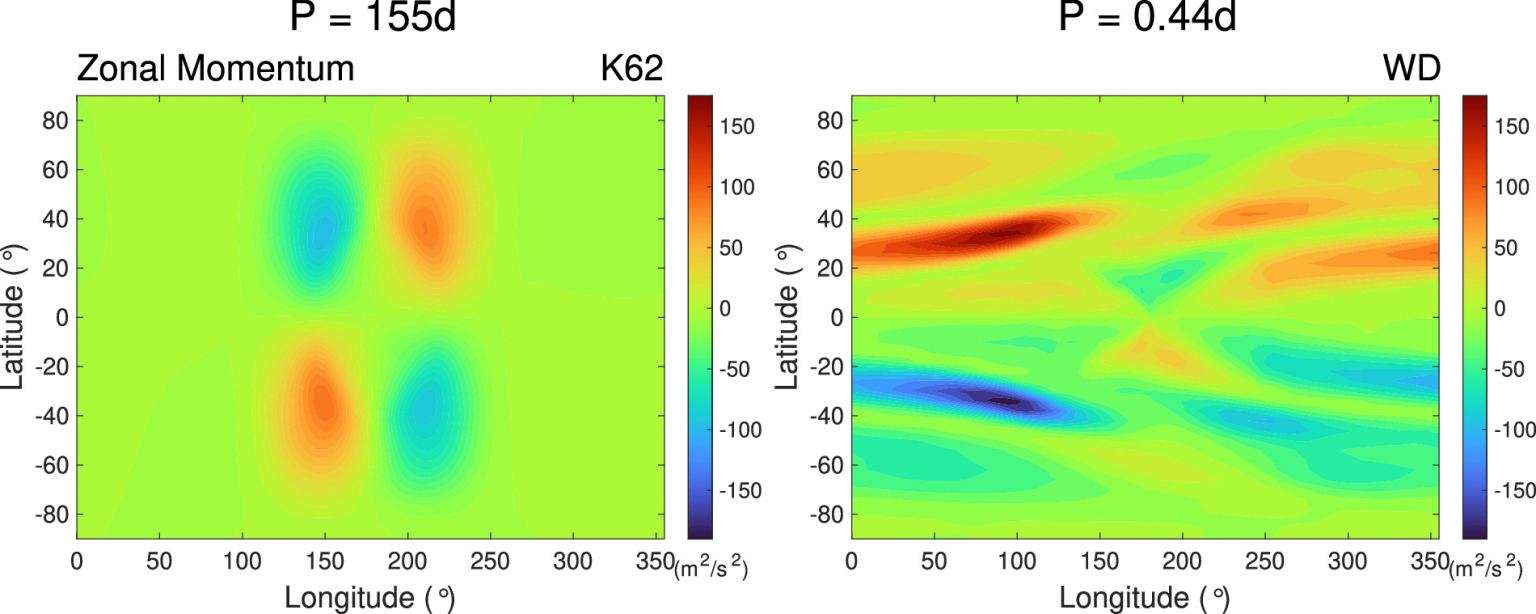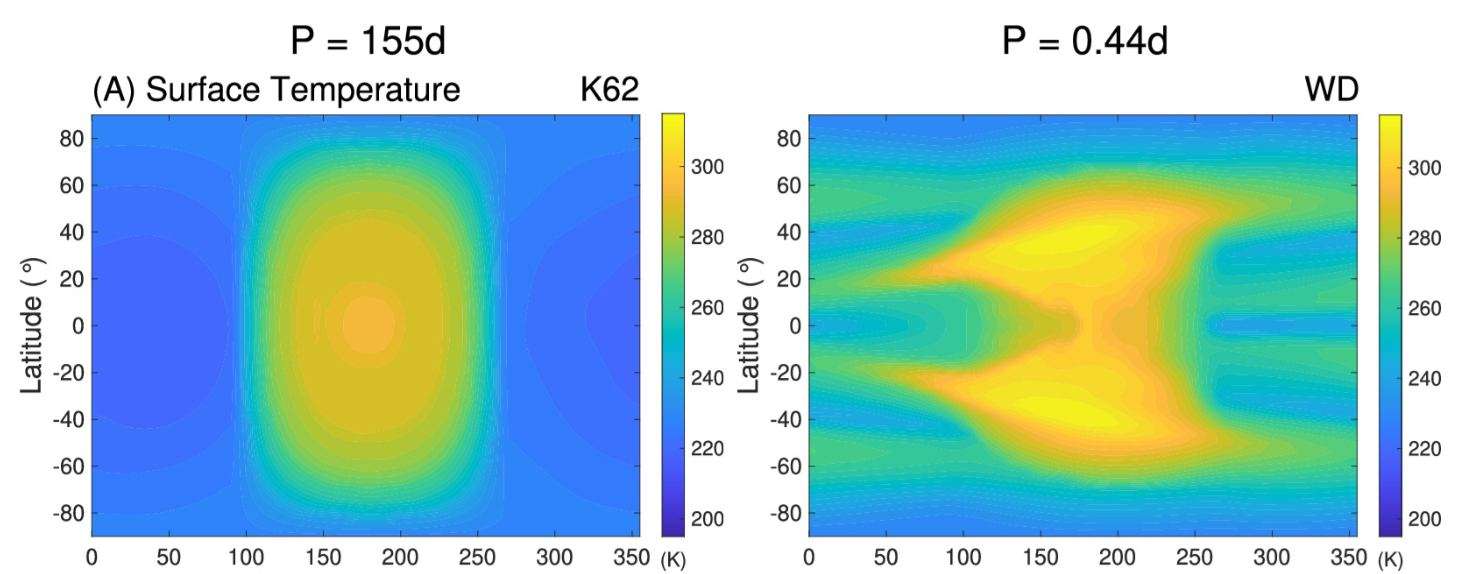The Surprising Truth About White Dwarfs and Exoplanet Habitability
Challenging conventional wisdom, a new study by University of California, Irvine astronomers suggests that billions of white dwarf stars in the Milky Way could support life-friendly exoplanets. Advanced simulations reveal that certain planets orbiting these dying stars may have climates suitable for life, opening up fresh possibilities for searching for life beyond Earth.
Key Points
- Challenging Conventional Wisdom:
The study reveals that white dwarf stars, once deemed unsuitable for hosting habitable planets, could actually support exoplanets within their habitable zones.
- Comparative Climate Models:
Researchers compared the climates of exoplanets orbiting a hypothetical white dwarf and a main-sequence star, Kepler-62, using sophisticated 3D global climate models.
- Impact of Planetary Rotation:
The study highlights the significance of planetary rotation on climate, noting that faster rotation periods in white dwarf exoplanets may aid in maintaining warmer conditions conducive to life.
- Cloud Cover Dynamics:
The research emphasizes how cloud cover affects temperature and habitability, with the white dwarf planet retaining more heat due to reduced cloud formation compared to its Kepler-62 counterpart.
- Implications for Future Research:
The findings suggest a shift in focus for astrobiology, encouraging the exploration of exoplanets around white dwarfs, particularly with the advent of advanced observational tools like the James Webb Space Telescope.
Understanding White Dwarfs
White dwarfs are the final evolutionary stage of stars that have exhausted their nuclear fuel. They are incredibly dense, with a mass similar to that of the Sun but a volume comparable to that of Earth. As they no longer undergo fusion, they emit light primarily from residual heat. This unique characteristic raises questions about their ability to support habitable planets.
Challenging Conventional Wisdom
The research, published in The Astrophysical Journal, fundamentally alters the perception of white dwarf stars. Traditionally, these stars were considered unfit for supporting life due to their lack of nuclear fusion and the extreme conditions associated with their dying phases. However, the UCI team, led by Associate Professor Aomawa Shields, posits that a significant number of the approximately 10 billion white dwarfs in the Milky Way could harbor exoplanets with climates suitable for life.
Comparative Climate Models
Using a 3D climate model, the researchers simulated two aqua planets with Earth-like characteristics. One planet was modeled around Kepler-62, a main-sequence star, while the other orbited a hypothetical white dwarf. Despite both stars exhibiting similar stellar energy distributions, the climate outcomes for the exoplanets differed markedly. The white dwarf exoplanet emerged as significantly warmer than its counterpart orbiting Kepler-62.

“While white dwarf stars may still give off some heat from residual nuclear activity in their outer layers, they no longer exhibit nuclear fusion at their cores. For this reason, not much consideration has been given to these stars’ ability to host habitable exoplanets,” Shields said.
“Our computer simulations suggest that if rocky planets exist in their orbits, these planets could have more habitable real estate on their surfaces than previously thought.”
She said a key difference in the star/planet systems her team studied — a variation responsible for a planetary climate being habitable or not — was the rotational characteristics of the planets.
Impact of Planetary Rotation
A crucial aspect of the study is the role of planetary rotation in determining climate conditions. The exoplanet orbiting the white dwarf was found to have a rapid rotation period of approximately 10 hours, while the Kepler-62 exoplanet exhibited a much slower 155-day rotation. This faster rotation leads to a more dynamic atmosphere, allowing for a more even distribution of heat across the planet’s surface.

Cloud Cover Dynamics
The research also delves into the effects of cloud cover on habitability. The exoplanet orbiting Kepler-62 experiences significant cloud cover on its dayside, which reflects incoming radiation and cools the surface too much, reducing habitable area. In contrast, the white dwarf planet’s rapid rotation prevents extensive cloud formation, allowing it to retain more heat and maintain a potentially habitable environment.
“We expect synchronous rotation of an exoplanet in the habitable zone of a normal star like Kepler-62 to create more cloud cover on the planet’s dayside, reflecting incoming radiation away from the planet’s surface,” Shields said.
“That’s usually a good thing for planets orbiting close to the inner edge of their stars’ habitable zones, where they could stand to cool off a bit rather than lose their oceans to space in a runaway greenhouse. But for a planet orbiting squarely in the middle of the habitable zone, it’s not such a good idea.”
She continued: “The planet orbiting Kepler-62 has so much cloud cover that it cools off too much, sacrificing precious habitable surface area in the process. On the other hand, the planet orbiting the white dwarf is rotating so fast that it never has time to build up nearly as much cloud cover on its dayside, so it retains more heat, and that works in its favor.”
Implications for Future Research
The transition from a red giant to a white dwarf is often destructive for nearby planets, as the expanding red giant can engulf and obliterate them. However, some planets may survive this phase and migrate closer to the star once it becomes a white dwarf. The research underscores the need for further studies to understand the potential for life in these environments and the mechanisms by which planets could form or migrate into habitable zones around white dwarfs.
As observational technologies improve, particularly with instruments like the James Webb Space Telescope, the opportunity to study exoplanet atmospheres around white dwarfs is becoming increasingly viable. This could open up new avenues for understanding habitability and the potential for life in previously overlooked stellar environments.

“These results suggest that the white dwarf stellar environment, once thought of as inhospitable to life, may present new avenues for exoplanet and astrobiology researchers to pursue,” Shields said.
“As powerful observational capabilities to assess exoplanet atmospheres and astrobiology have come on line, such as those associated with the James Webb Space Telescope, we could be entering a new phase in which we’re studying an entirely new class of worlds around previously unconsidered stars.”
Conclusion
In conclusion, the UCI study reshapes the narrative around white dwarf stars and their potential to support life, advocating for expanded research into these stellar environments. The implications of these findings could significantly influence future astrobiological explorations and our understanding of the universe’s habitability.